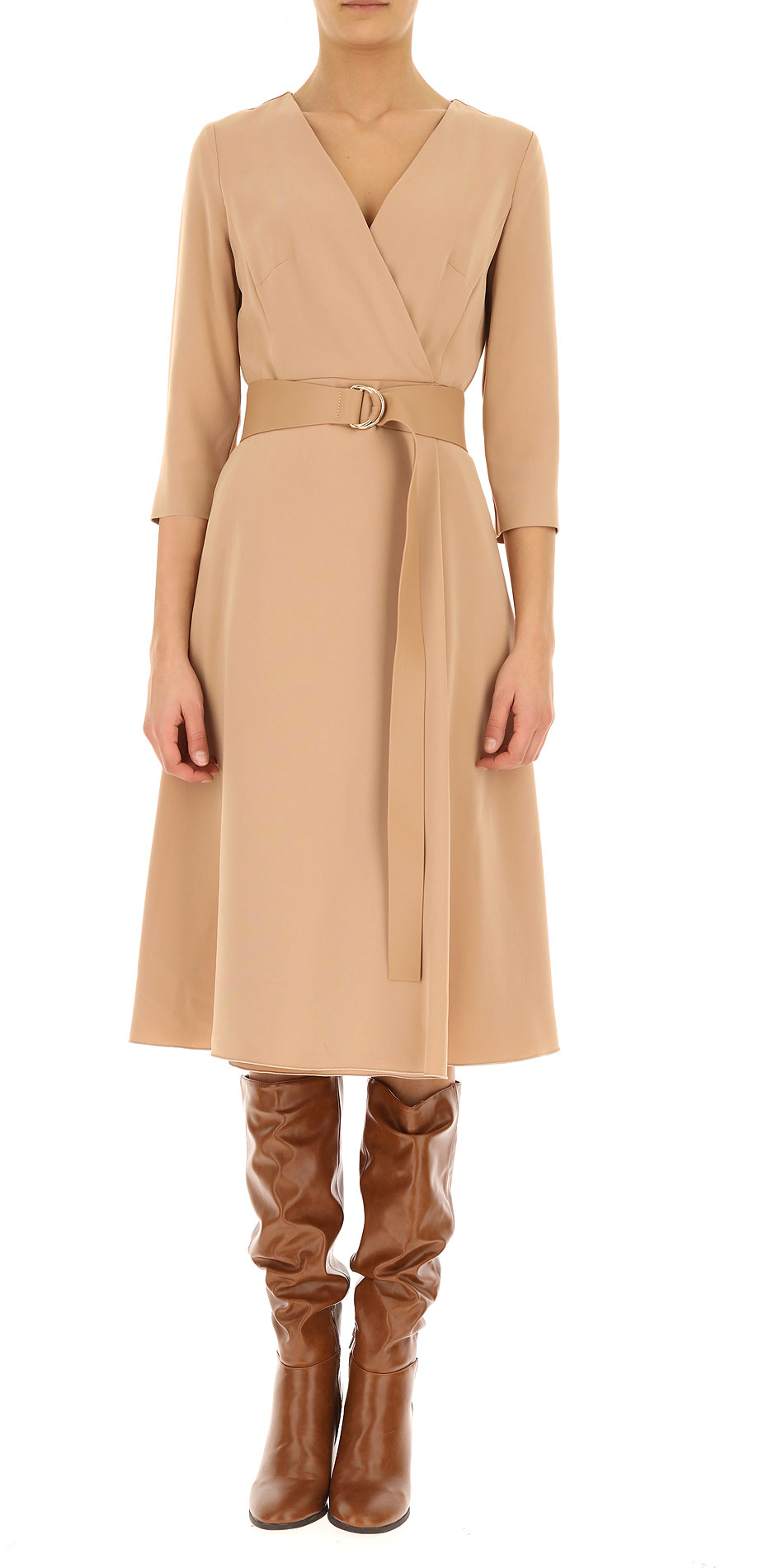

(Currently, the size of the note and accidental are inseparable.) However, if you need more than four different styles of accidental, there is a workaround. One thing Dorico can’t do yet is create a reduced-size accidental, which is sometimes used by editors to distinguish yet another class of editorial accidental. Delete the existing text with a click on the Trash icon, select an accidental and press Add Glyph. Change the Type from Text to Glyph, and choose a memorable popover text, like ‘ edn’ for Editorial Natural. You’ll be presented with Dorico’s familiar Symbol Editor. In the Playing Techniques panel, click on the + icon at the bottom of any group. The ‘real’ accidental can be hidden to maintain accurate playback. We can create ficta accidentals as new Performance Techniques.

While Dorico doesn’t have a ‘from the factory’ built-in method to display these, the program has reached a stage where most of the notation elements it lacks natively can be achieved by creating new symbols, customizing existing symbols, or using Text or Lines. Musica fictaĪnother editorial convention places accidentals above the note, often to indicate musica ficta. As in all notation software, flexibility is both a blessing and a curse.

This might be what you want, or not what you want. This capability allows items in different layouts to be displayed differently. Remember that these changes will only show in the current layout until you Propagate Properties to any other layouts. You can add a key shortcut to toggle through the options in this control.
#Dorico pickup measure series
(Most of all, this allows performers to ignore them, should they know better!) A series of notation conventions has been established over the years to identify editorial content, mostly involving curved or square brackets, and Dorico now has a formidable arsenal of tools to deliver them. It is imperative that any editorial contributions are clearly distinguished from original material copied directly from the source. They must add missing accidentals, dynamics, slurs, and any other notation that the source material lacks but which modern performers require to interpret the music correctly. They have to correct mistakes, reconcile variations between different sources, reconstruct missing parts or realize a continuo bass. Music editors frequently need to make a series of additions, interventions, alterations and commentaries to the music. For the creators of critical editions, Dorico has a comprehensive set of tools for making editorial marks.
#Dorico pickup measure update
In the nine months since then, the Dorico team have released a major new version, 3.0 (in September 2019), followed by a ‘point’ update to 3.1 in January this year, both of which have greatly increased Dorico’s capabilities and extended its range of functions.

In April last year, Claude Lapalme presented an overview of Dorico 2.2’s capabilities in producing editions of Early music.


 0 kommentar(er)
0 kommentar(er)
